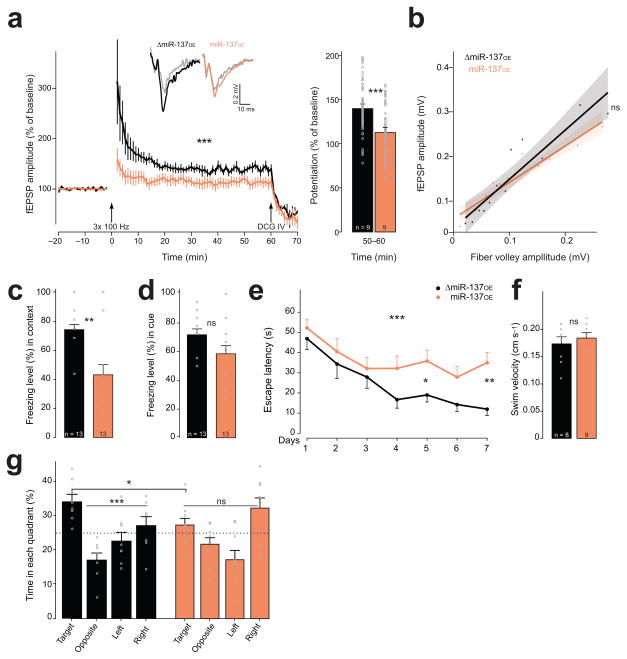Figure 4. miR-137 overexpression in the dentate gyrus causes impairment in hippocampus-dependent learning.
(a) LTP recording for miR-137OE and control ΔmiR-137OE, F(1,1060) = 144.6, ***P < 0.001. Arrows indicate application of either high frequency stimulation or DCG-IV. Representative fEPSP traces inset; gray traces, baseline levels before stimulation. Right bar chart, LTP magnitude calculated by averaging fEPSP amplitude of the last 10 min (50–60 min) recording; W = 7283, ***P < 0.001, r = −0.42. (b) Input-output curve from ΔmiR-137OE (black, n = 12) and miR-137OE (orange, n = 14), H(1) = 0.02, nsP = 0.8774. Shaded area, 95% confidence interval; n, number of analyzed hippocampal slice preparation from at least three animals. (c,d) Fear conditioning. Percentage freezing for contextual (c; t(17.76) = 3.87, **P = 0.0011, r = 0.68) and cue response (d; t(22) = 1.90, nsP = 0.0709, r = 0.38). (e–g) Morris water maze. (e) Escape latency, F(1,117) = 14.32, ***P < 0.001; post hoc analysis shown: WDay1 = 30, nsP = 0.5535, r = −0.14; WDay2 = 28.5, nsP = 0.495, r = −0.16; WDay3 = 29, nsP = 0.5309, r = −0.15; WDay4 = 17.5, nsP = 0.0831, r = −0.41; WDay5 = 14, *P = 0.0380, r = −0.50; WDay6 = 16.5, nsP = 0.0673, r = −0.43; WDay7 = 7, **P = 0.061, r = −0.65. (f) No difference in swim velocity, t(13.51) = −0.66, nsP = 0.5224, r = 0.18. (g) Probe trial, ΔmiR-137OE mice prefer target quadrant, F(3,28) = 10.16, ***P < 0.001. This effect was not observed for miR-137OE. A significant main effect exists for the target quadrant between ΔmiR-137OE and miR-137OE, F(7, 60) = 7.24, *P = 0.0438; n, number of animals. ns, not significant. Error bars, s.e.m.

